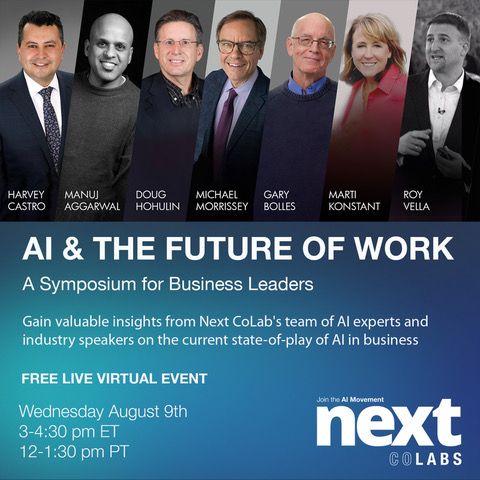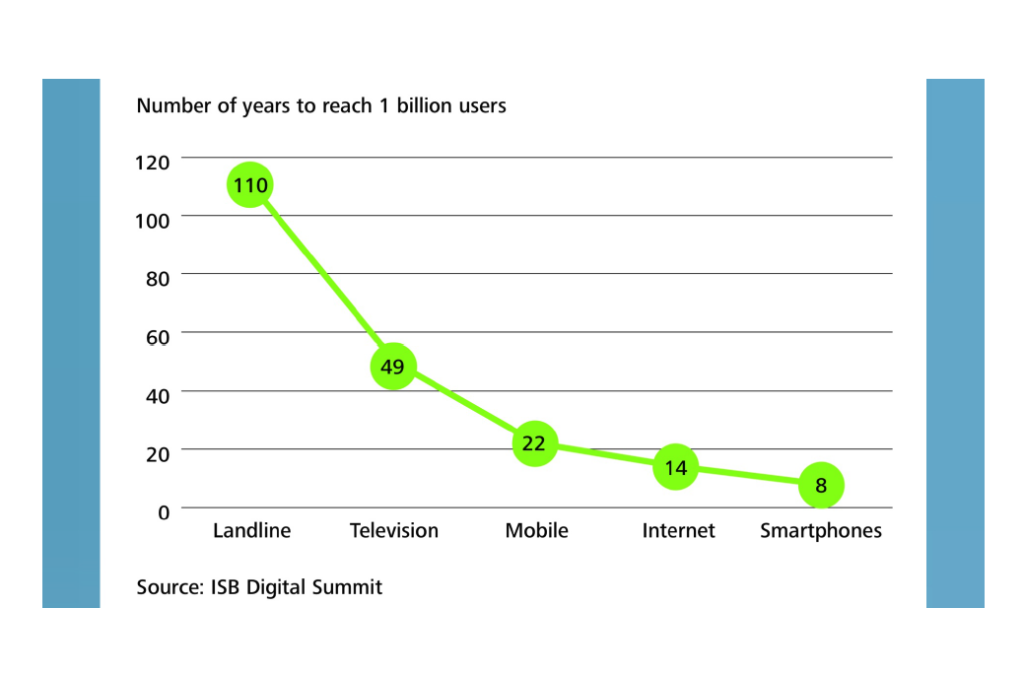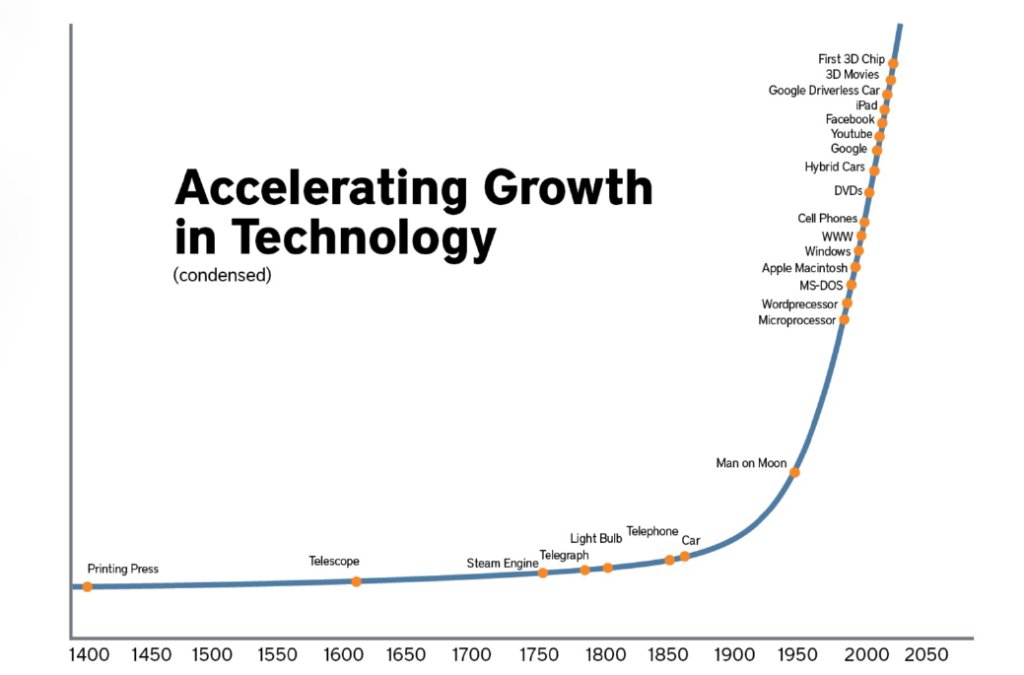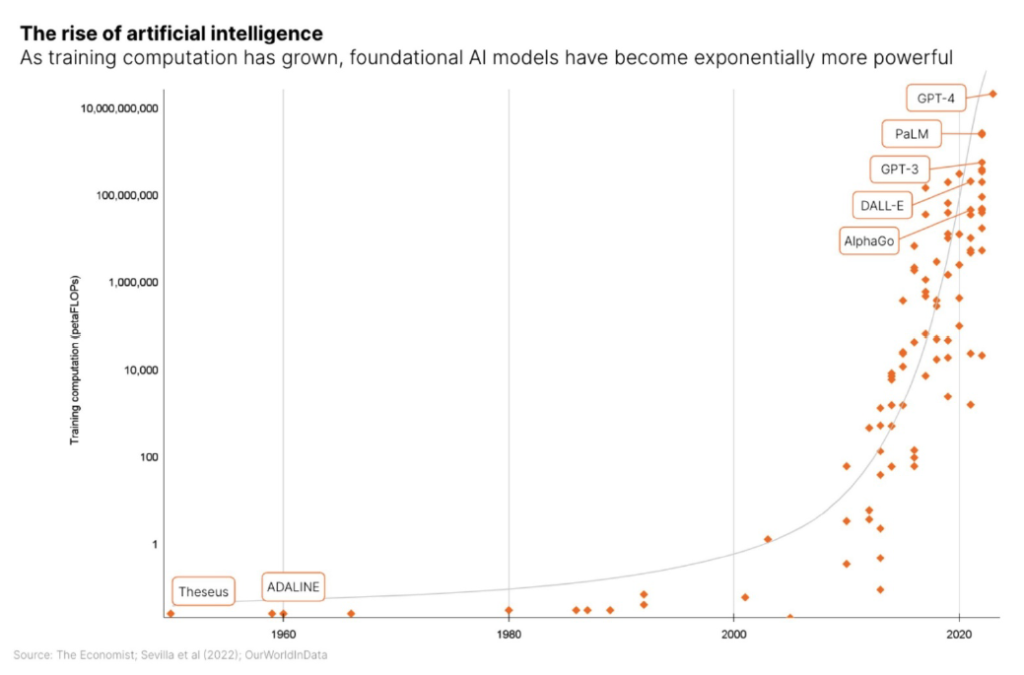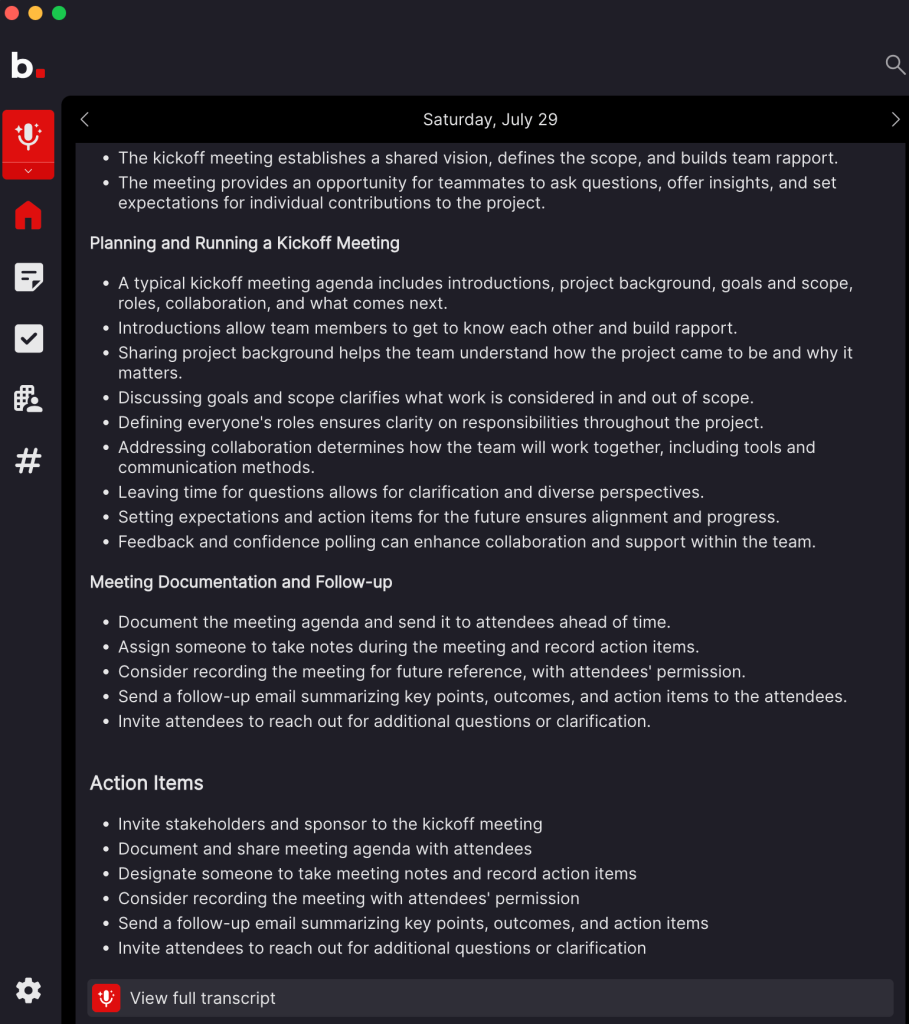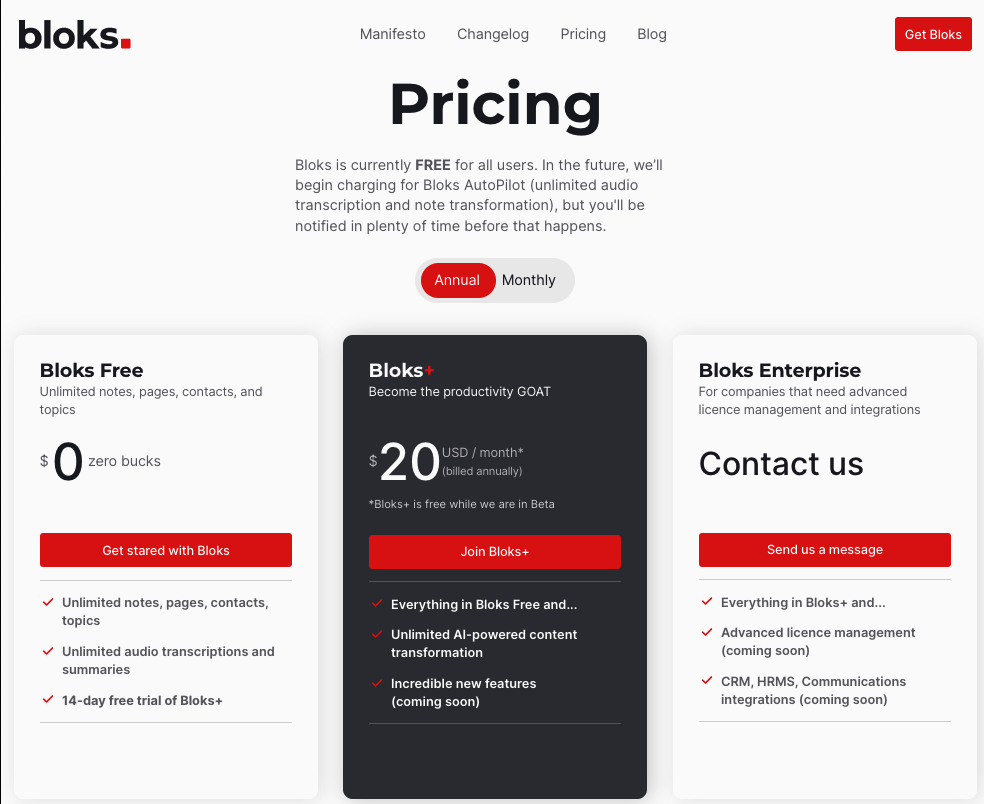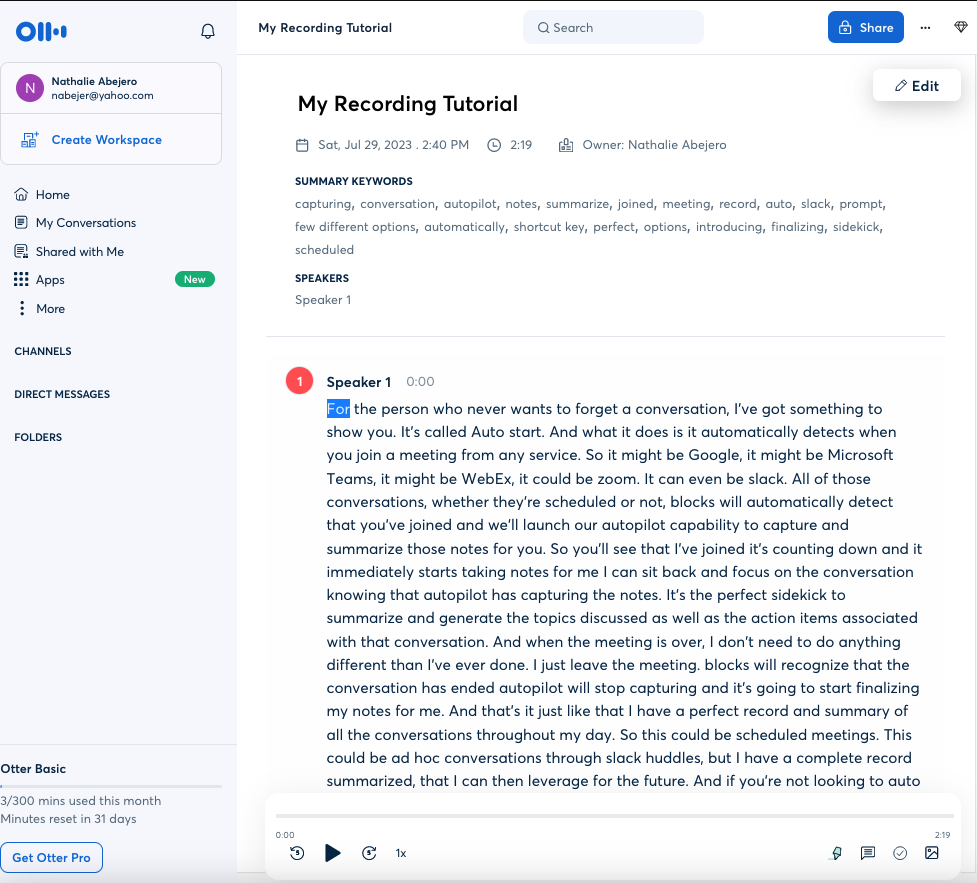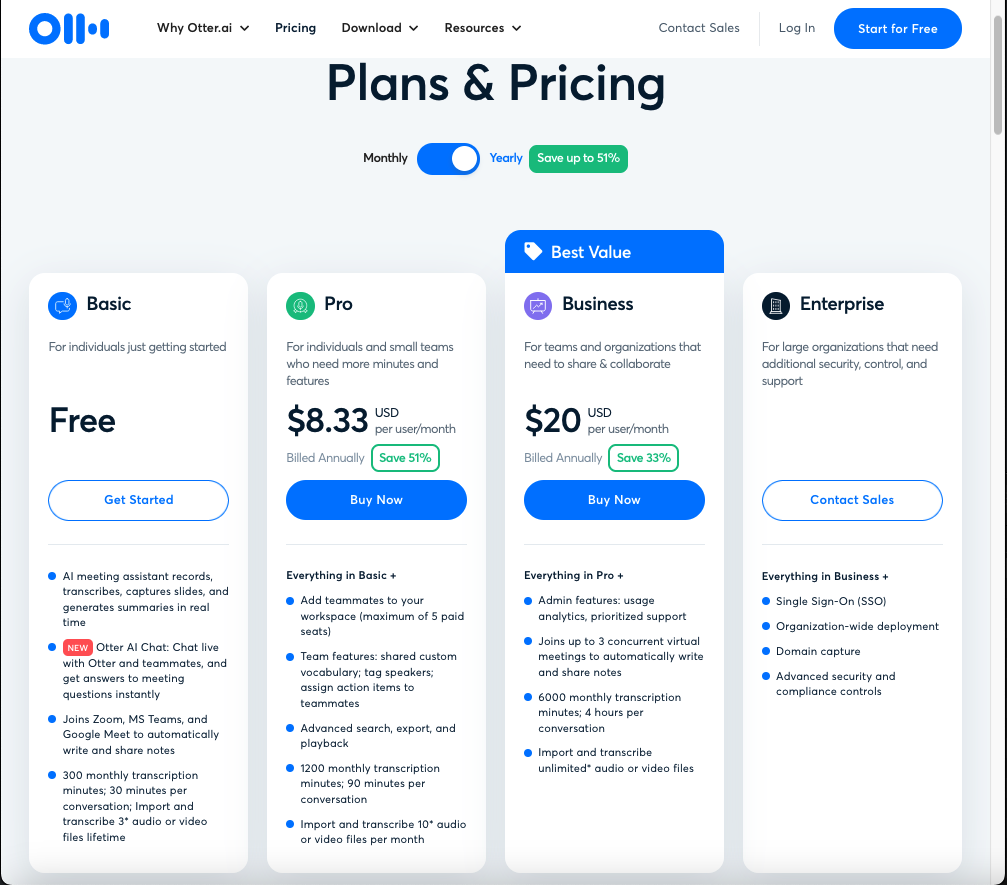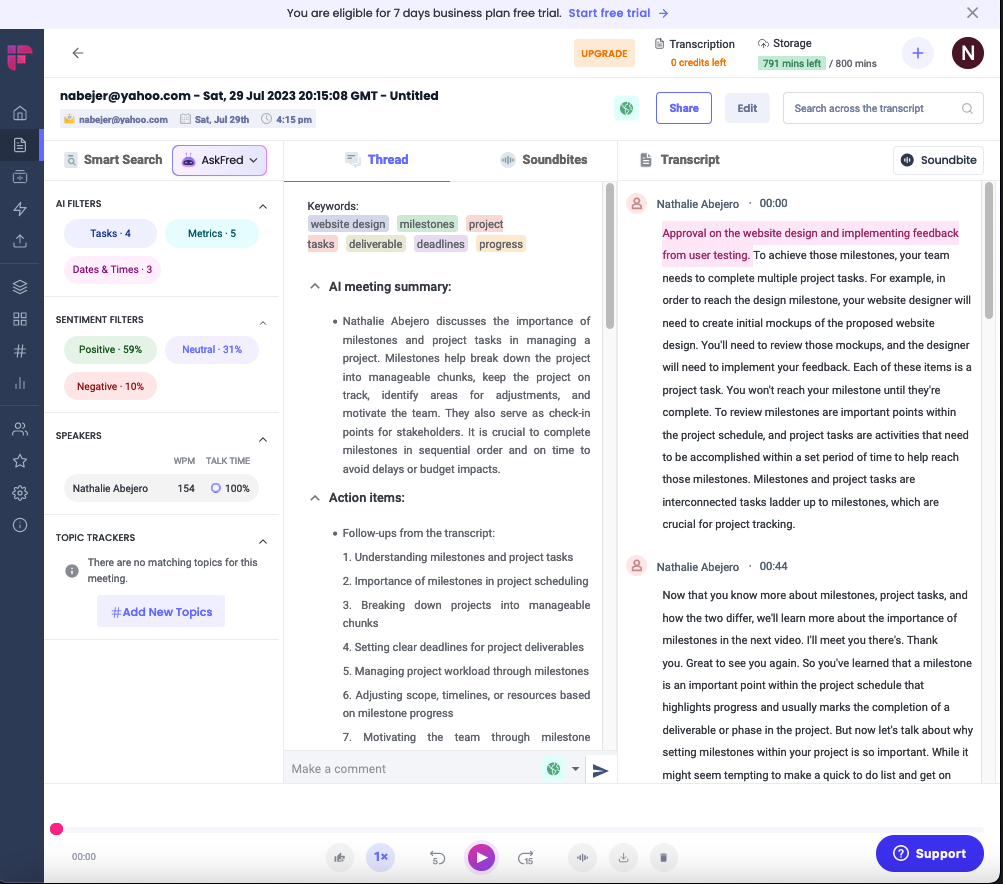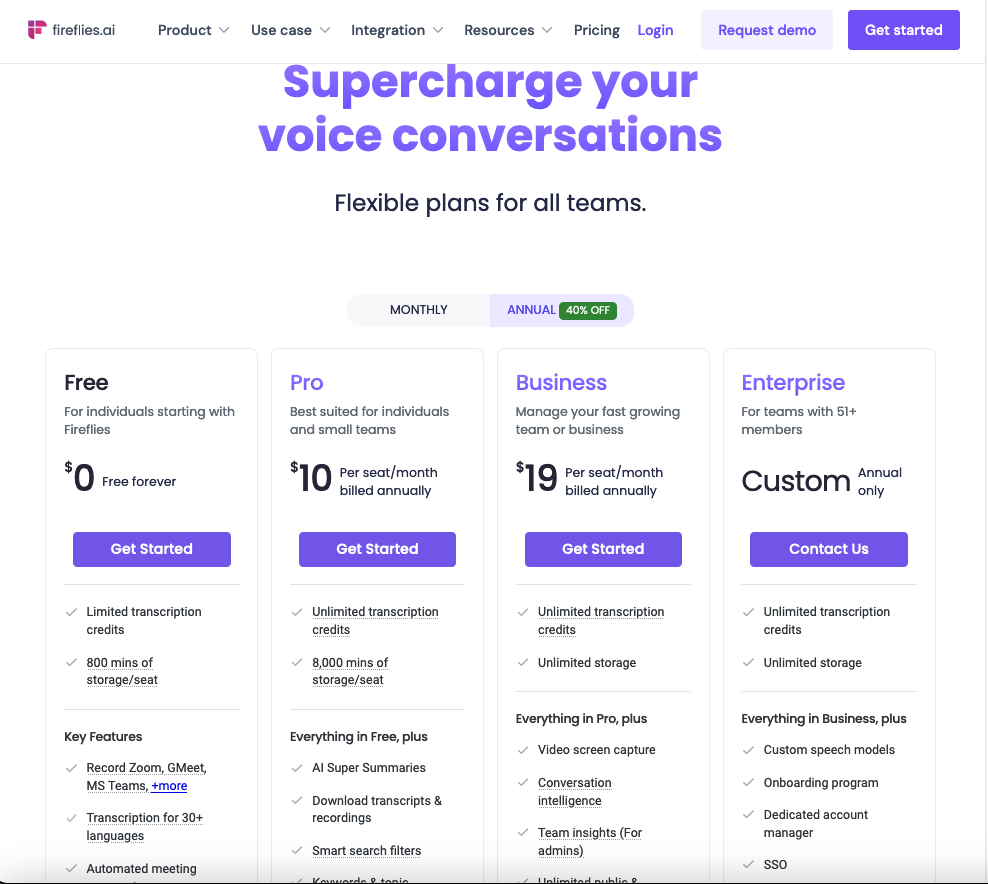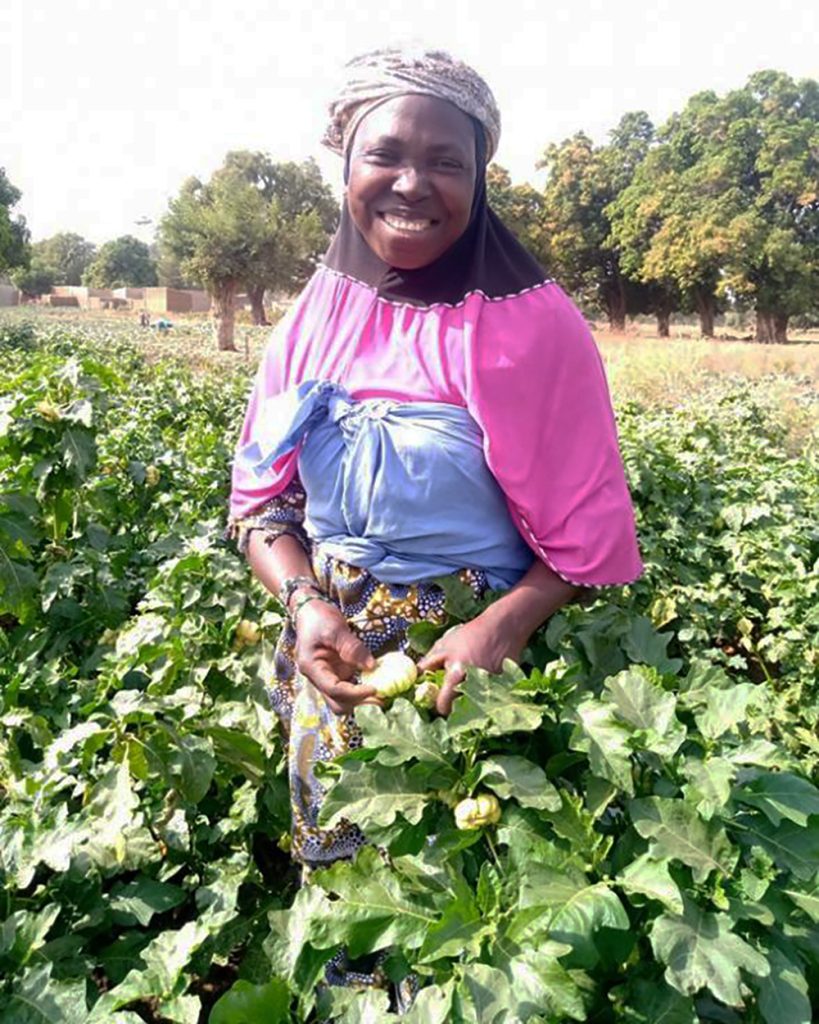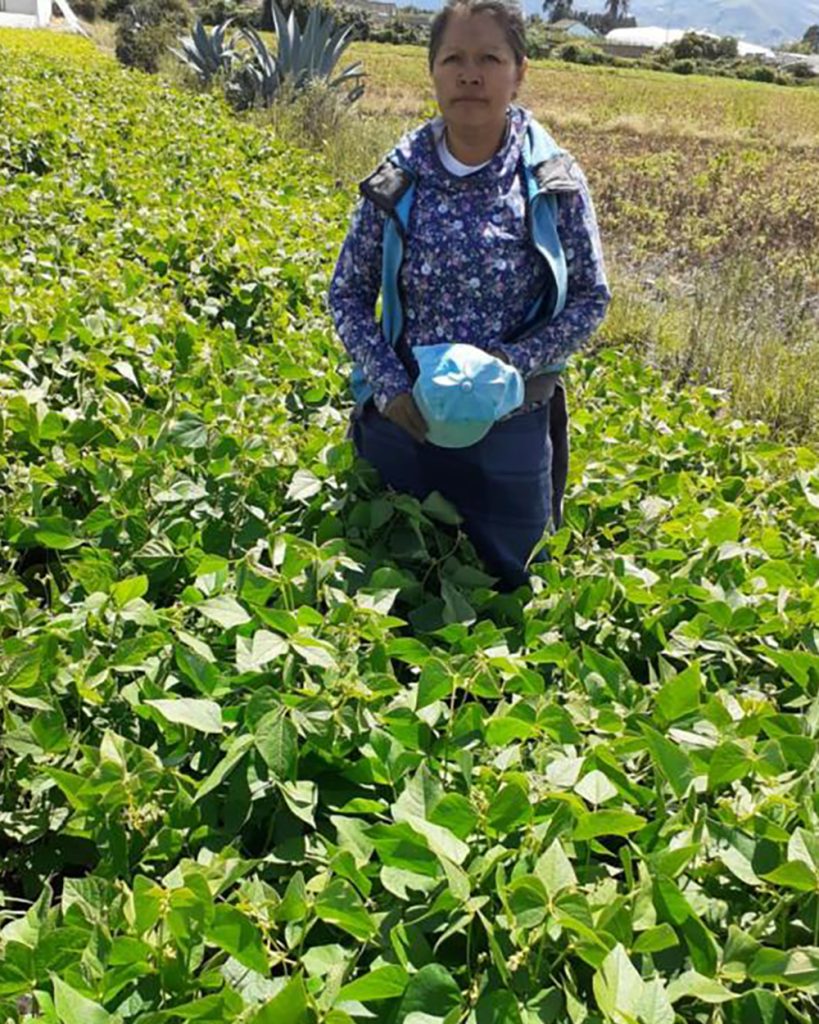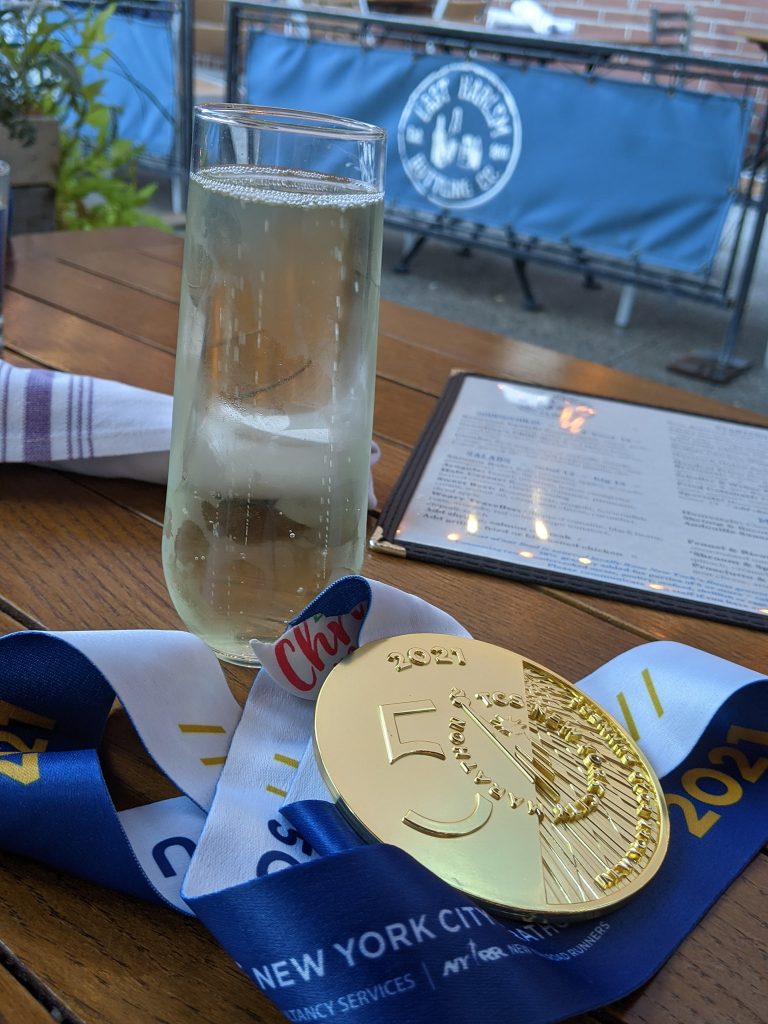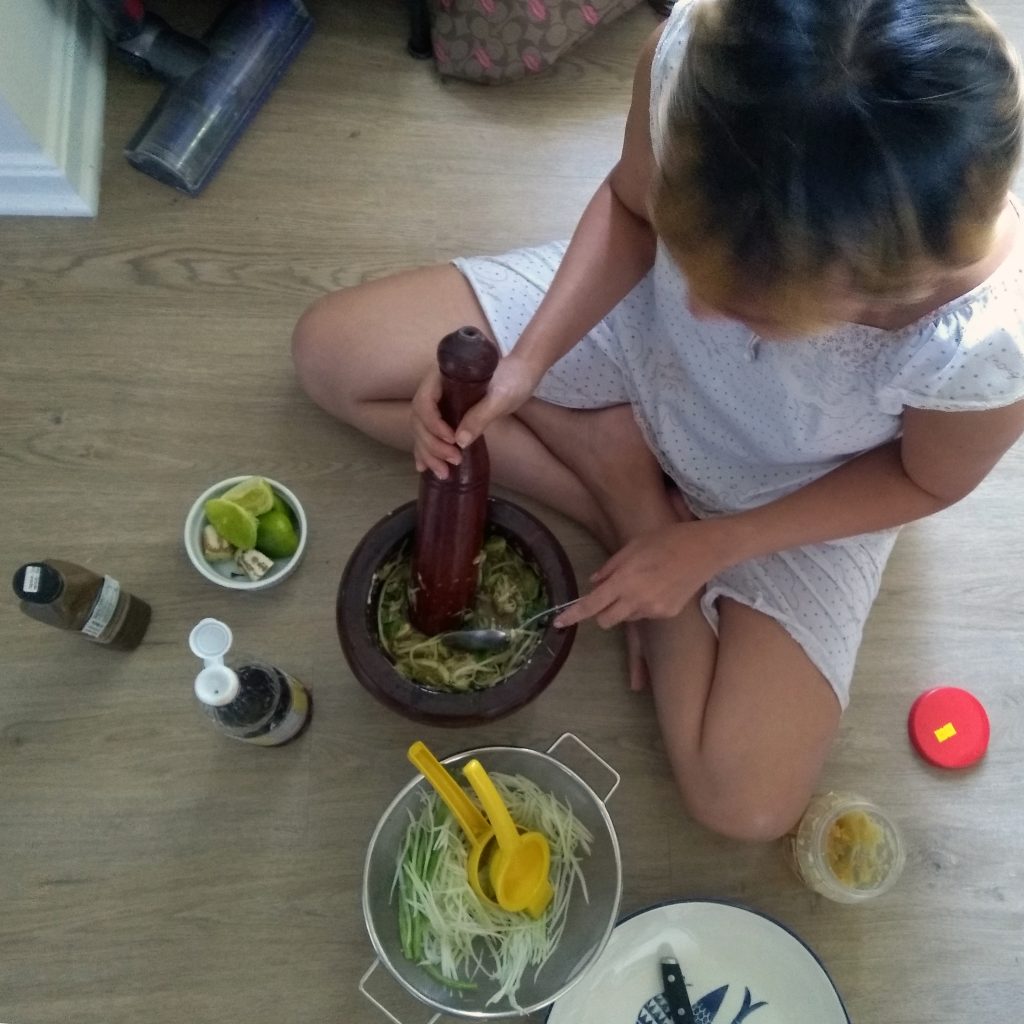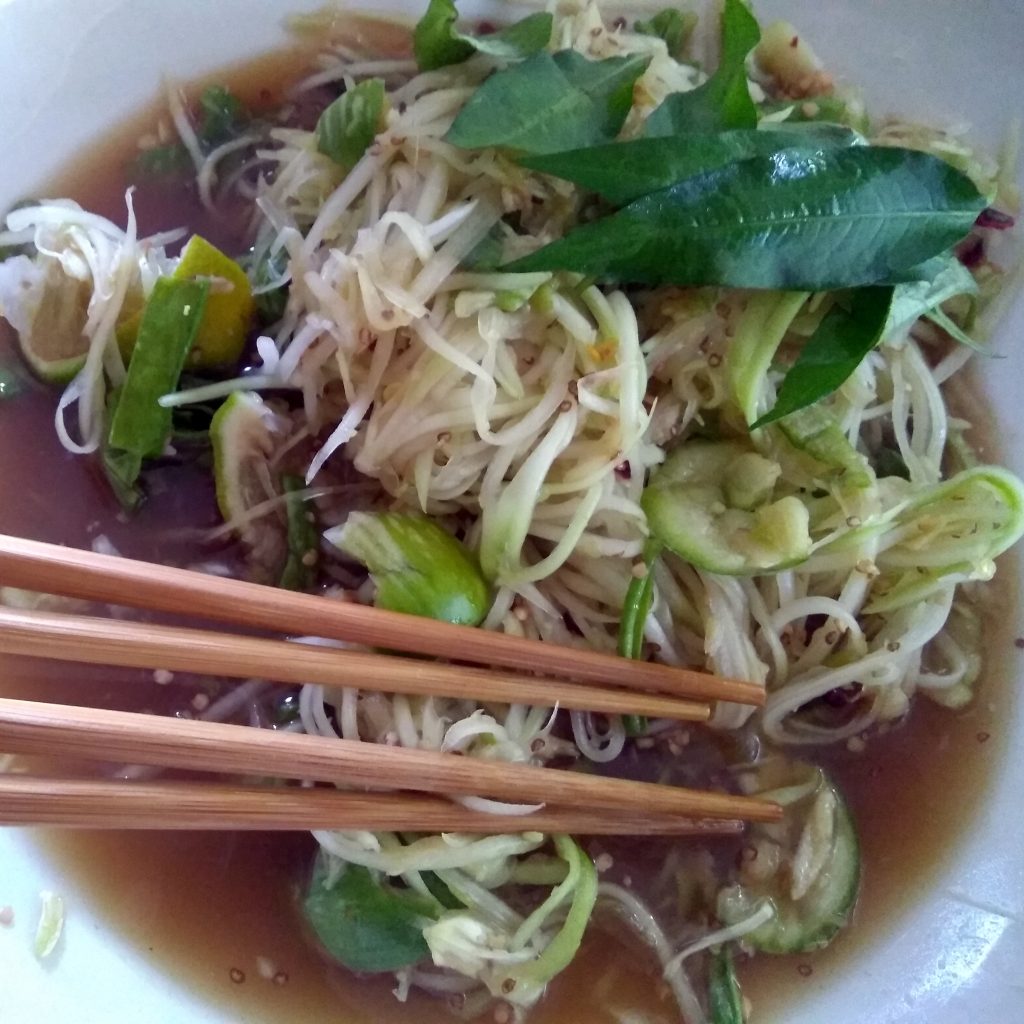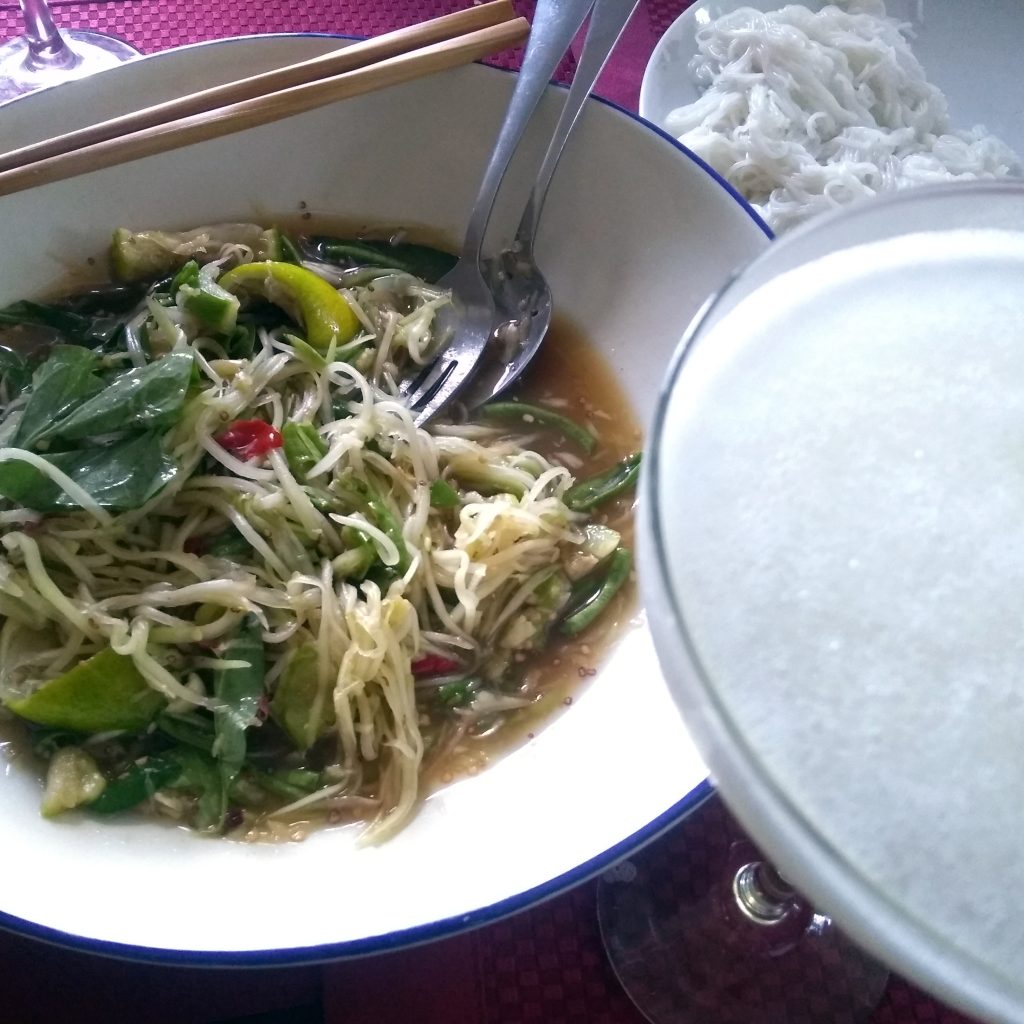Why vote?
Working together as a community to increase voter turnout adds heft to our vote. Many times, elections boil down to a small number of votes, which greatly affects how your district, city, state and country is run. So let’s create positive change! GOTV campaigns are going into full swing, just search for the ones near you.
2024 Presidential election: Tuesday 05 November
Other important dates in this election cycle are here: https://ballotpedia.org/Important_dates_in_the_2024_presidential_race.
How, when and where to vote
Navigate to your state from this page, to get important deadlines, request your ballot, find out when the primaries will be and your polling station: https://www.usa.gov/how-to-vote.
Traveling during the elections?
Start the process of absentee voting at https://www.usa.gov/absentee-voting.
Will you be outside the US during elections?
Start the process of voting from abroad at https://www.votefromabroad.org. Democrats Abroad has chapters in major cities around the world. They provide voting assistance regardless of party affiliation and will make sure your sealed ballot is submitted correctly and on time. Find the local chapter here, or request your ballot: https://www.democratsabroad.org/
2024 is a big election year globally
There will be elections in 60 countries, representing half of the world’s population. The prediction markets are buzzing! See the story on Vox.com.

